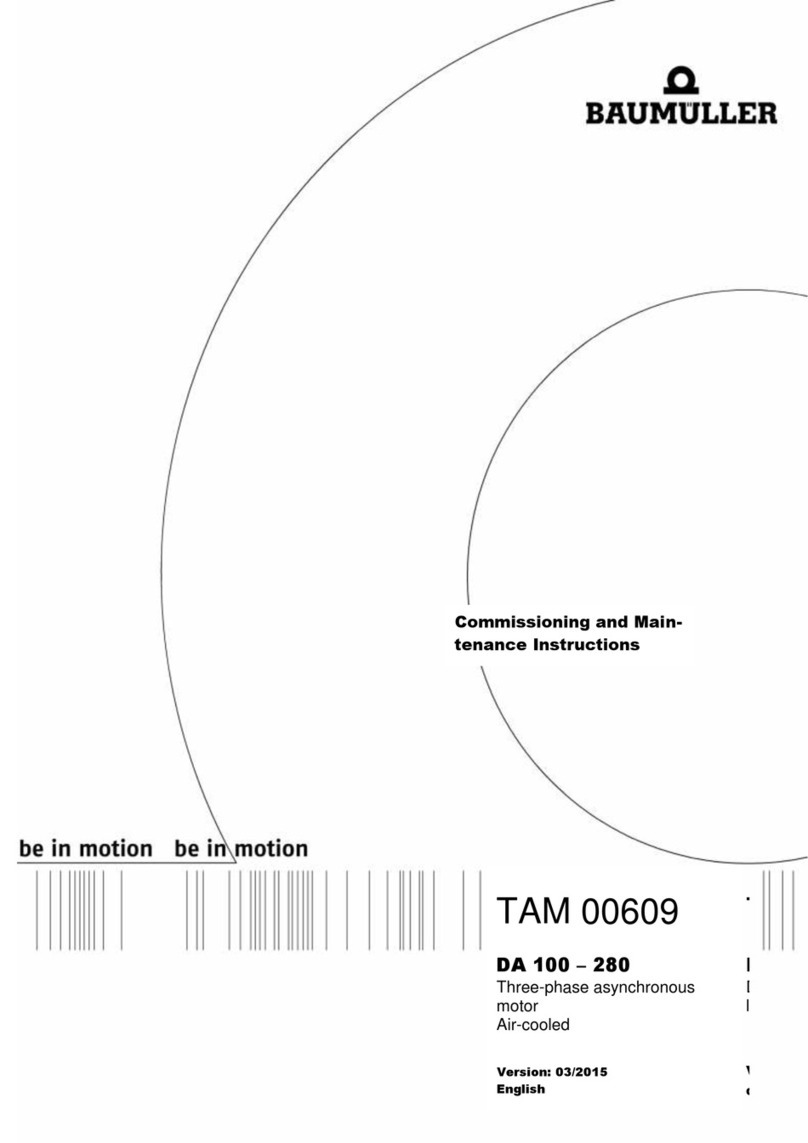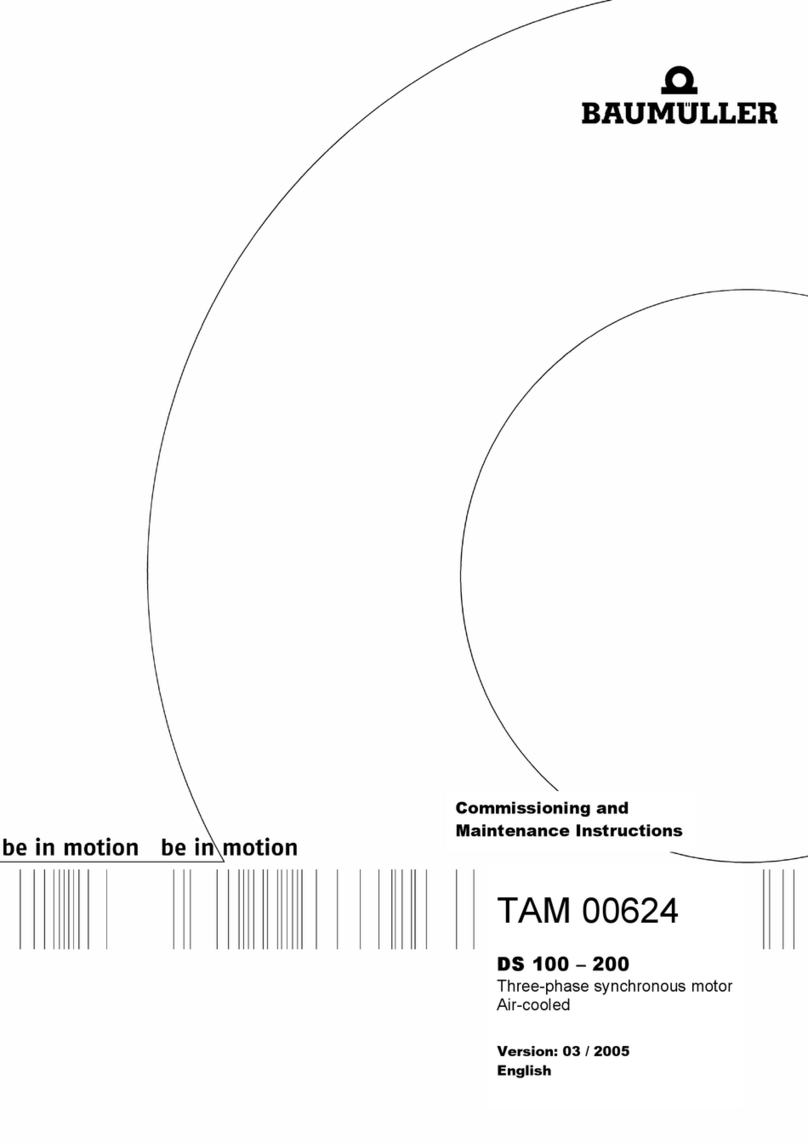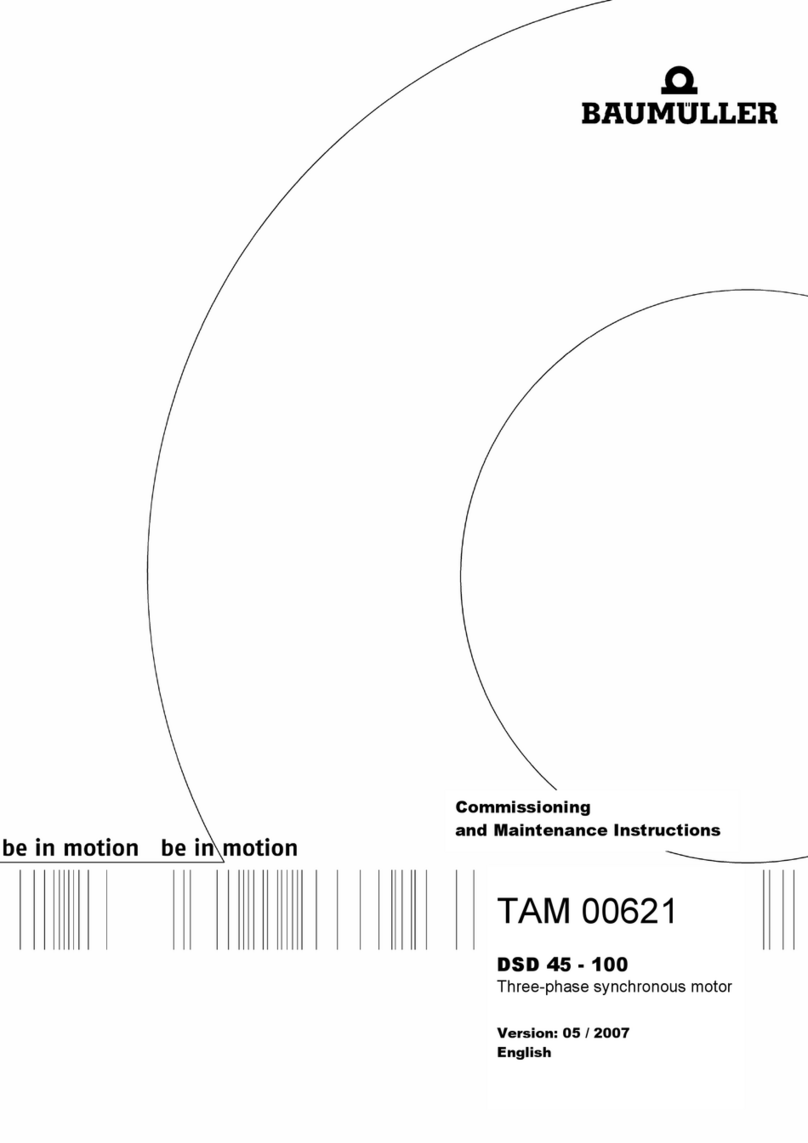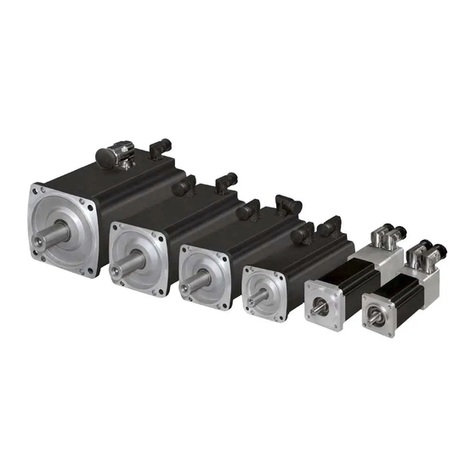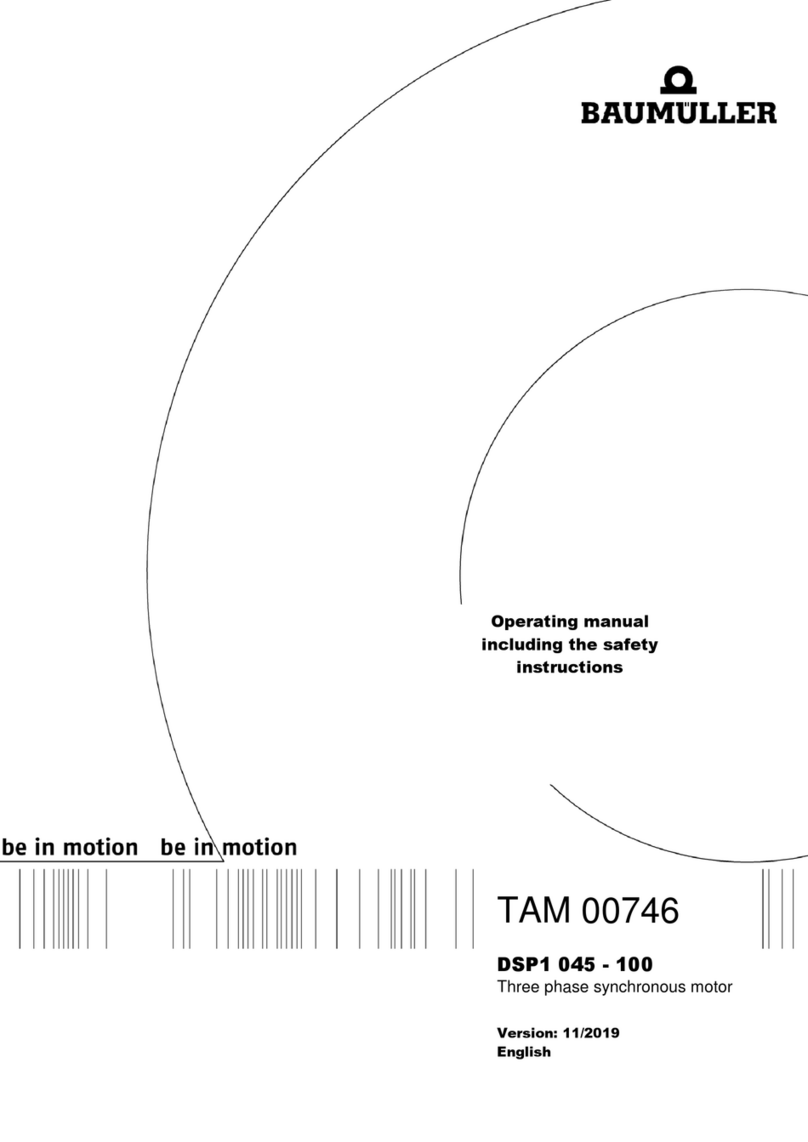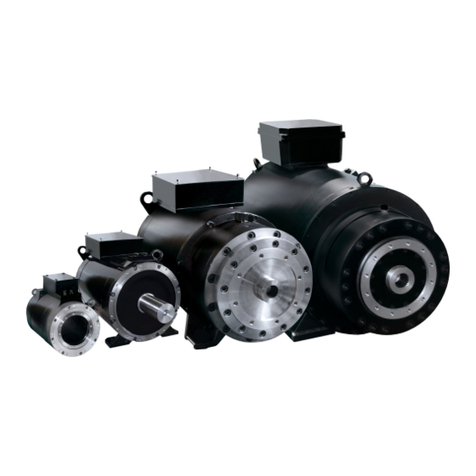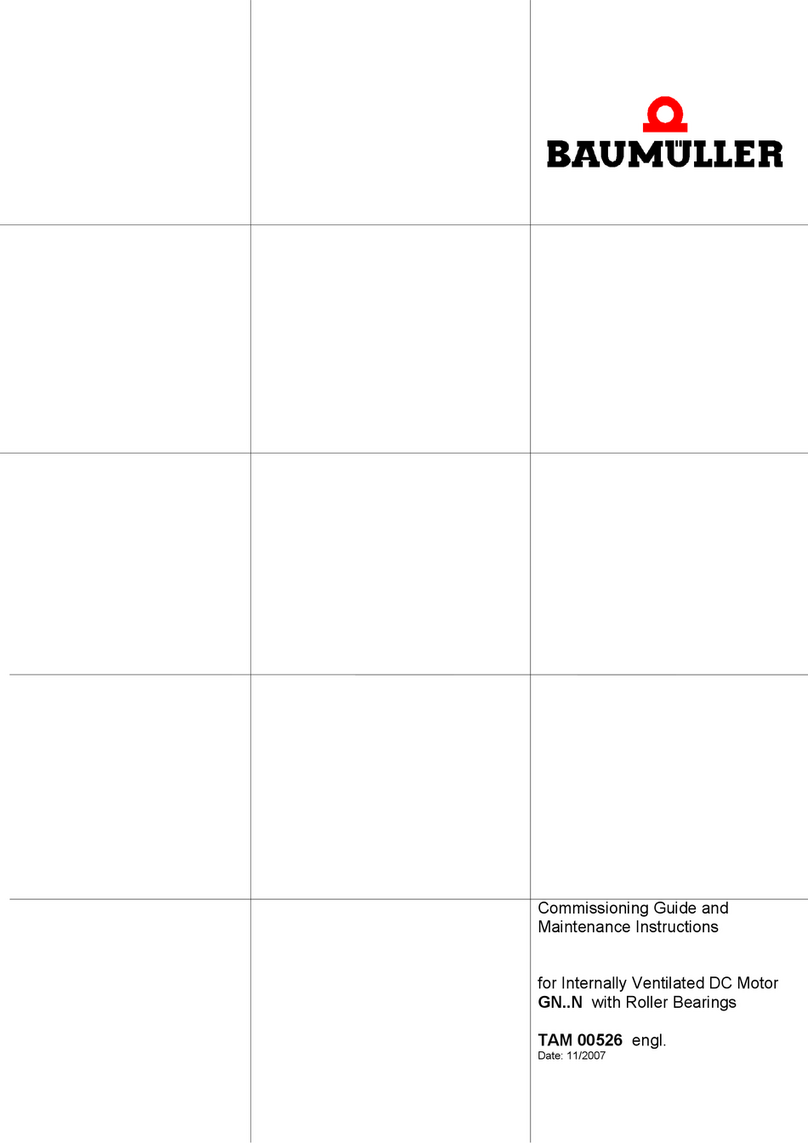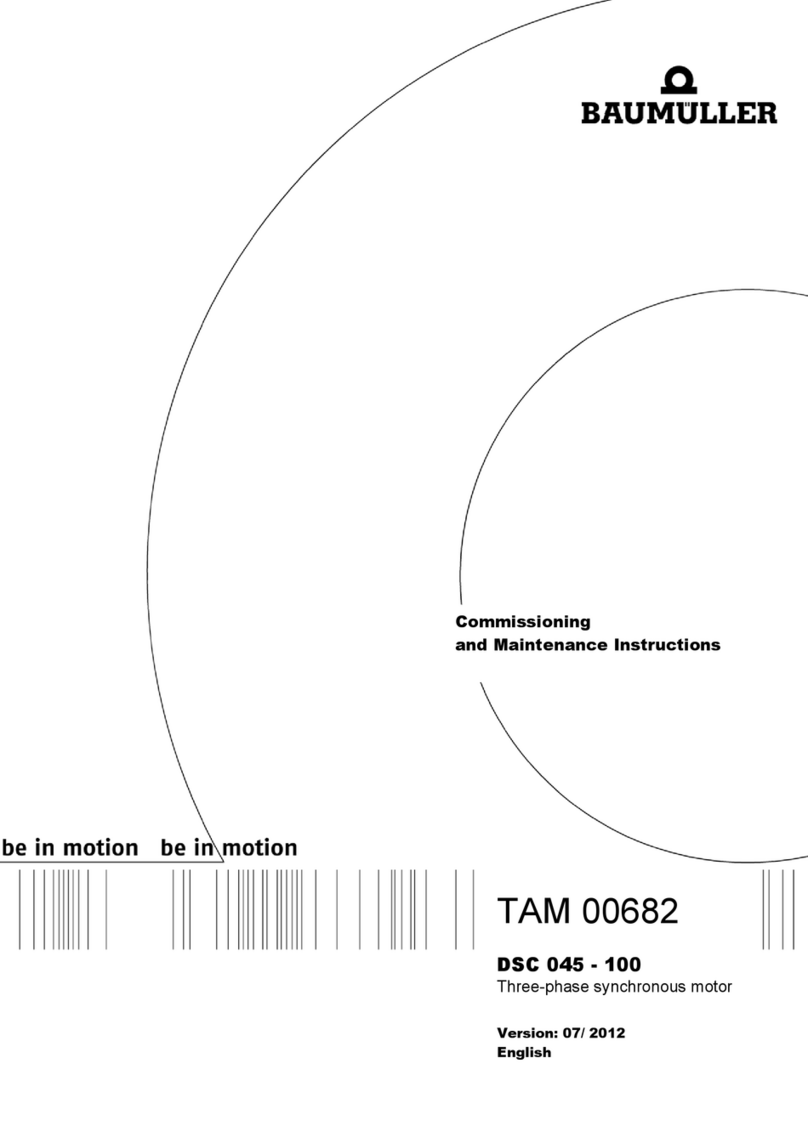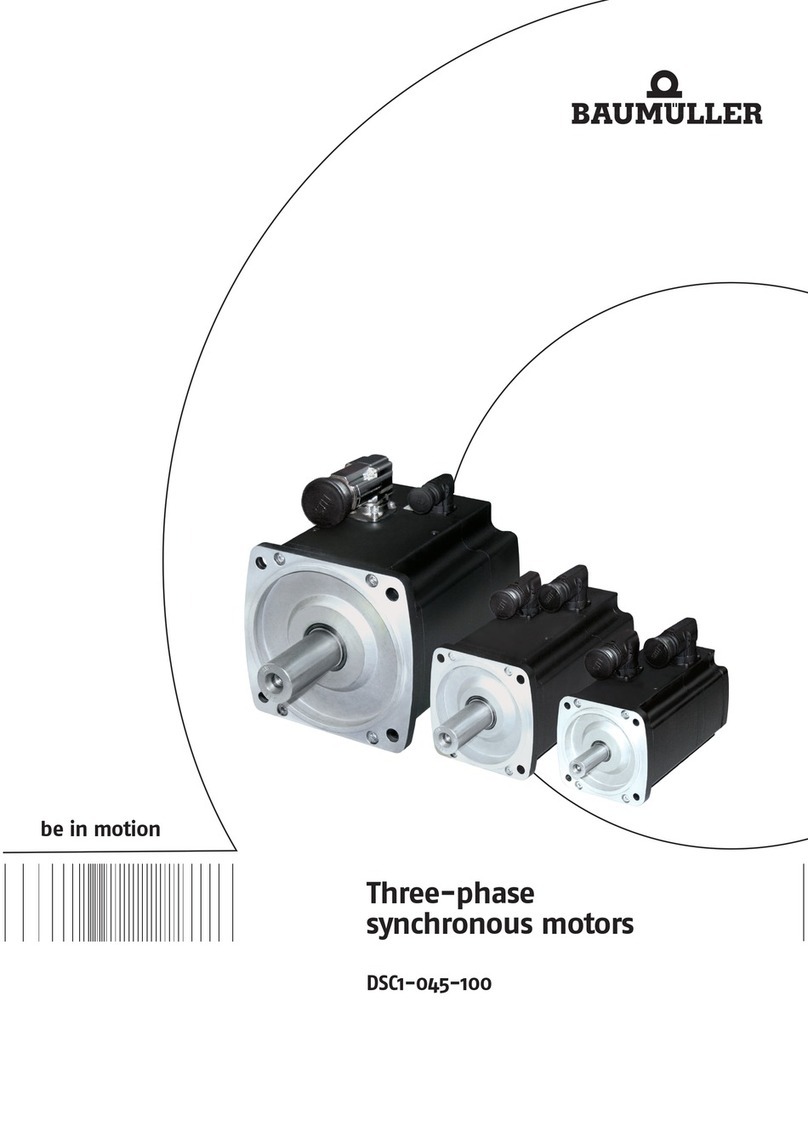
TAM00721 3
DSD-028 / DSD-036 / DSD2-028 / DSD2-036 04/2013
Three-phase-synchronous motor English
Table of contents
1 General safety instructions...........................................................................................4
1.1
Safety...........................................................................................................................................4
1.2
Designated purpose.....................................................................................................................5
1.3
Prohibition of unauthorized modifications and changes..............................................................6
2 Operating conditions.....................................................................................................6
2.1
Product description......................................................................................................................6
2.2
Items supplied..............................................................................................................................6
2.3
Nameplate ...................................................................................................................................7
2.4
Technical Data.............................................................................................................................8
2.5
Transport, bearing lock, intermediate storage.............................................................................9
2.6
Installation conditions, cooling details .........................................................................................9
2.7
Balancing, output elements, vibration........................................................................................10
3 Mounting.......................................................................................................................12
3.1
Safety instructions .....................................................................................................................12
3.2
Installation, mounting.................................................................................................................12
3.3
Electrical connections................................................................................................................13
4 Commissioning, operation..........................................................................................14
4.1
Safety instructions .....................................................................................................................14
4.2
Checks prior to commissioning..................................................................................................14
4.3
Commissioning, operation.........................................................................................................15
4.4
Malfunctions in operation...........................................................................................................15
5 Inspection and maintenance.......................................................................................17
5.1
Inspection ..................................................................................................................................17
5.2
Maintenance ..............................................................................................................................17
6 Disposal........................................................................................................................17
7 Pole assignment (main connection and control port)...............................................18
7.1
Resolver – KTY on power connection .......................................................................................18
7.2
Resolver – KTY on signal connection........................................................................................19
7.3
SRS/SRM50; SKS/SKM36; SEK/SEL37 – KTY on power connection......................................20
7.4
SRS/SRM50; SKS/SKM36; SEK/SEL37 – KTY on signal connection......................................21
7.5
ECN1313 / EQN 1325 (encoder with EnDat 2.1-port from Heidenhain companies;
M23, 17-polig)............................................................................................................................22
7.6
ECN1325 / EQN 1337 (encoder with EnDat 2.2-port from Heidenhain companies;
M12, 8-polig)..............................................................................................................................23
7.7
ECN1325 / EQN 1337 (encoder with EnDat 2.2-port from Heidenhain companies;
M23, 9-polig)..............................................................................................................................23
